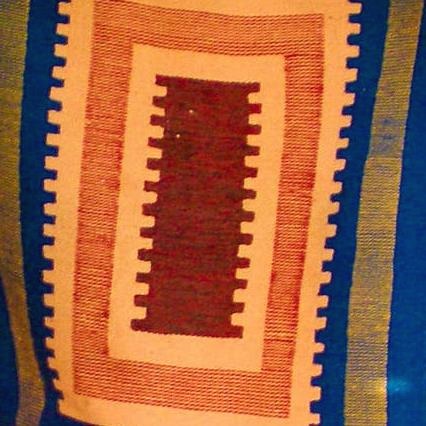Natural fibers utilized with rug are produced either by pests, pets, and even plants. The fibers
that are produced by insects or pets are referred to as healthy protein fibers. Those that are made by plants are
known as vegetable fibers. Vegetable and protein fibers share the common negative aspect that they are
both extremely absorptive as well as will have expanded drying times when wet cleaned - which can bring about mildew, contraction, and also even completely dry rot.

Wool
Woollen fiber is generated from the fleece of lambs or lamb. Woollen of rug is imported from countries
such as England, Australia, as well as New Zealand. Wool is the earliest and thought about to be the finest of
all rug product.
The ability of wool to extend approximately 40% of its original size as well as the fact that it can be curved
back and forth more than 180,000 times without damaging makes it very durable. Wool is the most
costly product for carpet, although it is also the very best you can purchase.
Silk
The fiber of silk is generated by the larva of numerous pests referred to as silk worms. The silk, in
continual sizes from 300 to 1600 backyards is rotated to generate the cocoons. As a fiber, silk is naturally
non combustible, solid, and not influenced by static charge troubles - even at reduced moisture.
Cellulose fiber
This type of fiber is generated by plants and typically not made use of as face threads. These types will certainly nonetheless, show up as support products of tufted as well as rugs that have actually been woven.
Cotton
Cotton is a veggie seed fiber that is produced from the cotton plant. The key use for this
fiber is yarns woven in carpet or rugs. Cotton is resistant to alkaline services as well as ends up being stronger
when it is damp.
The largest downsides to cotton is the truth that is the most absorbing of all fibers as well as calls for
expanded drying times after being damp cleaned up. It is also conveniently damaged by acids, spots conveniently,
floor coverings down, soils promptly, and also undergoes mildew, dry rot, and contraction.
Jute
The fiber of jute is generated by the jute plant which grows in South America, Pakistan, and also in
India. The stalk of the jute plant is where the much longer coarse fibers are gotten, situated between
the outer bark as well as within the inner pulp.
Jute is usually used as weft yarns, throughout the size, in woven rugs and also as a backing product
in the construction of tufted rugs. Hemp is an inexpensive material that additionally offers other usages
than just rug. Like all other fibers, this has negative aspects also. The fiber is weak when
it ends up being wet as well as is also subject to dry rot, contraction, as well as mildew.

Sisal
The fiber of sisal is created by the leaves of the agave plant. Sisal is really solid and largely
made use of for making carpets, sacking, rope, and also even carpeting. The fiber spots quickly as well as is likewise really hard to tidy. Damp cleaning can likewise create shrinkage so its finest to make use of reduced dampness approaches.
Rayon
There is quite a bit of complication about rayon as well as it is easy to understand why. Rayon is a.
artificial fiber that is generated from natural. cellulosic fibers of timber pulp or cotton. The.
material is executed a number of chemical therapies. which aid to transform it into a synthetic fiber.
Mostly, rayon is utilized for area rugs because of. its silk like appearance. It can be harmed by.
acids, has reduced resistance to abrasion and also is also. vulnerable to cellulose browning.
